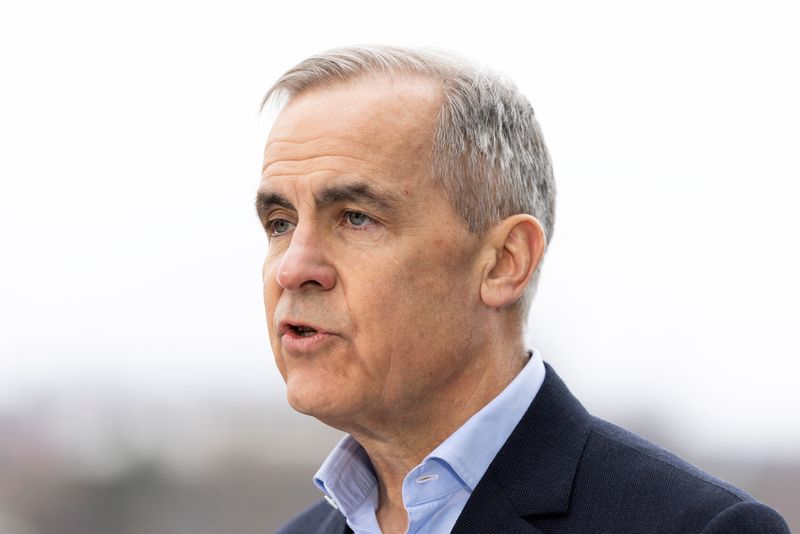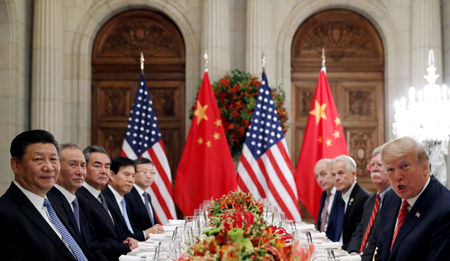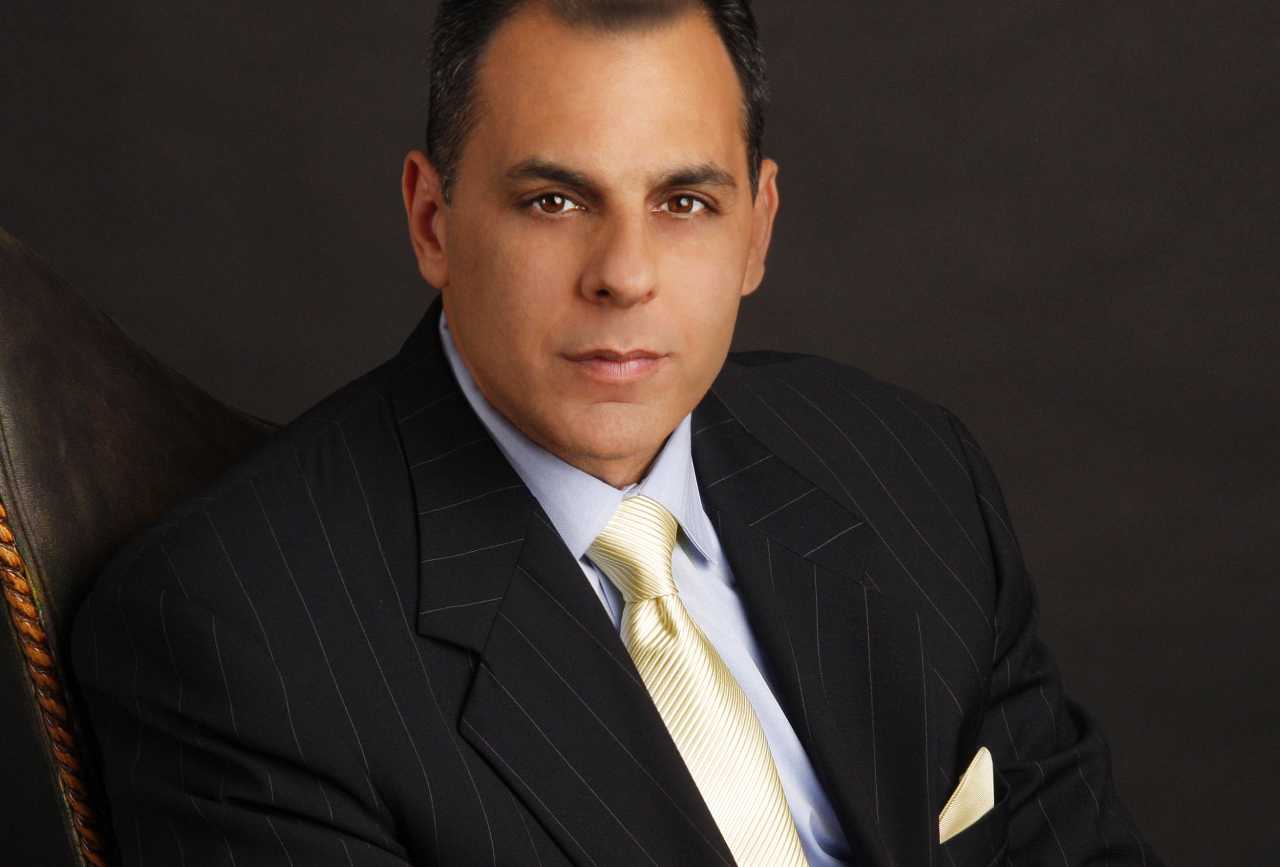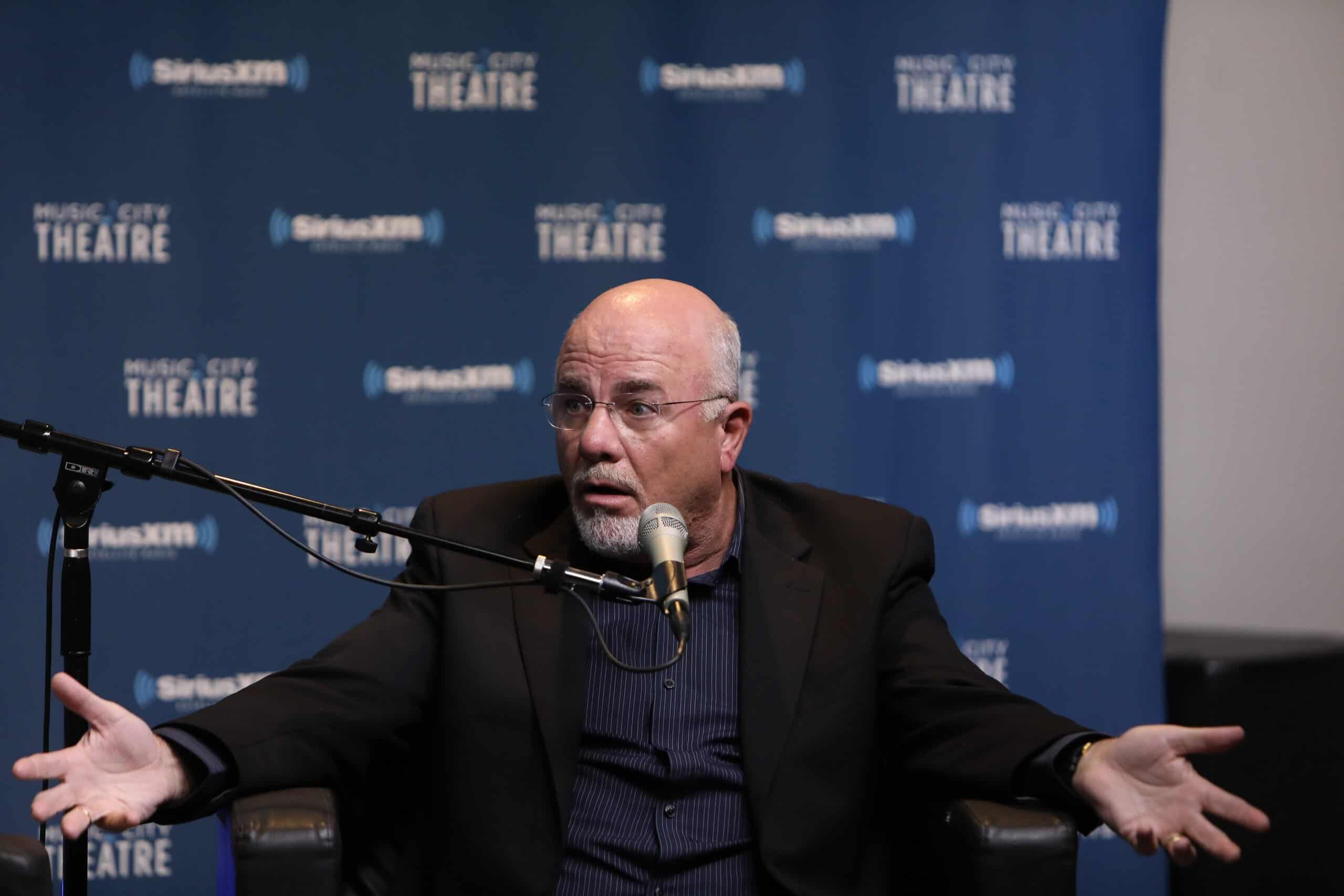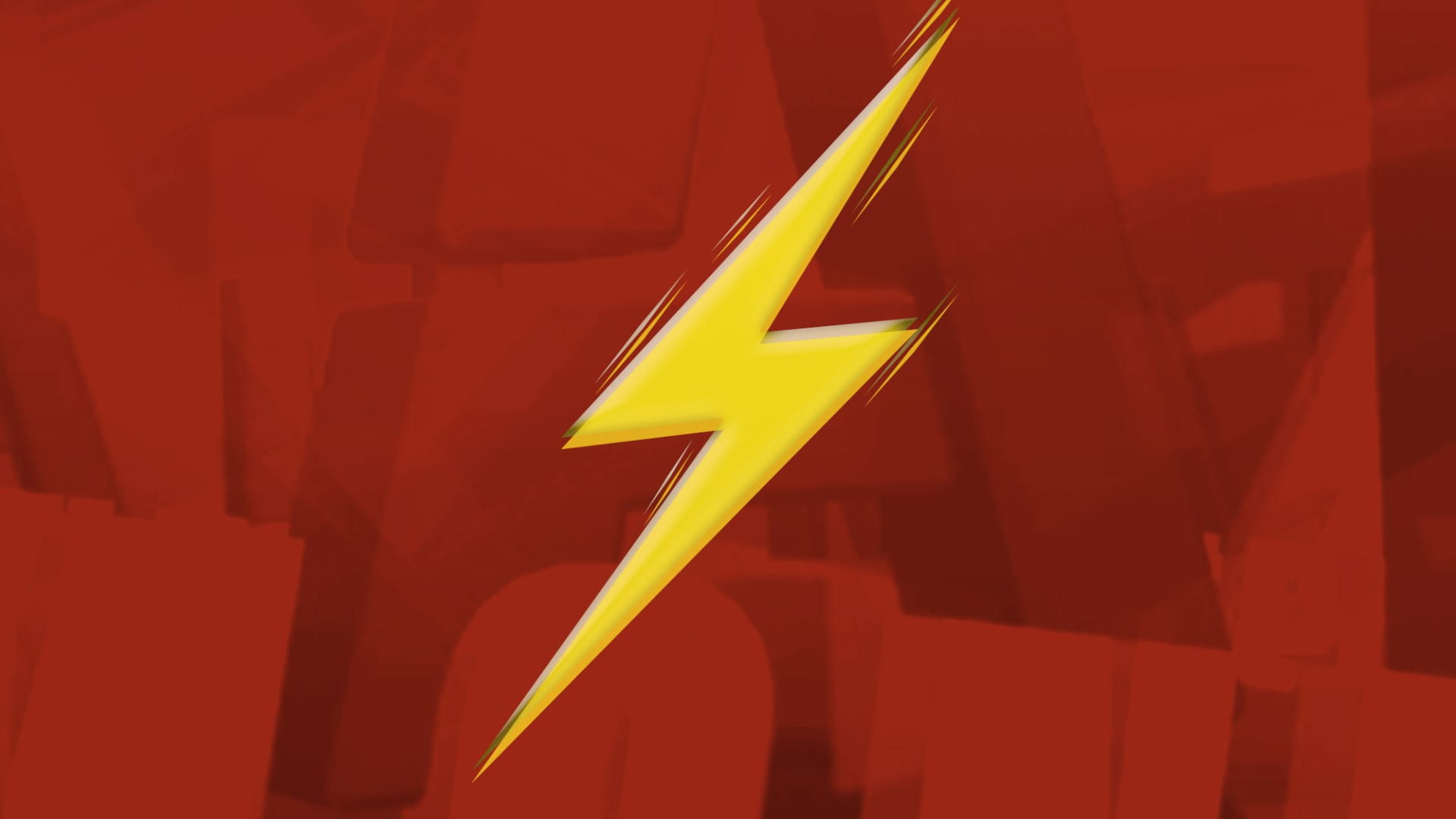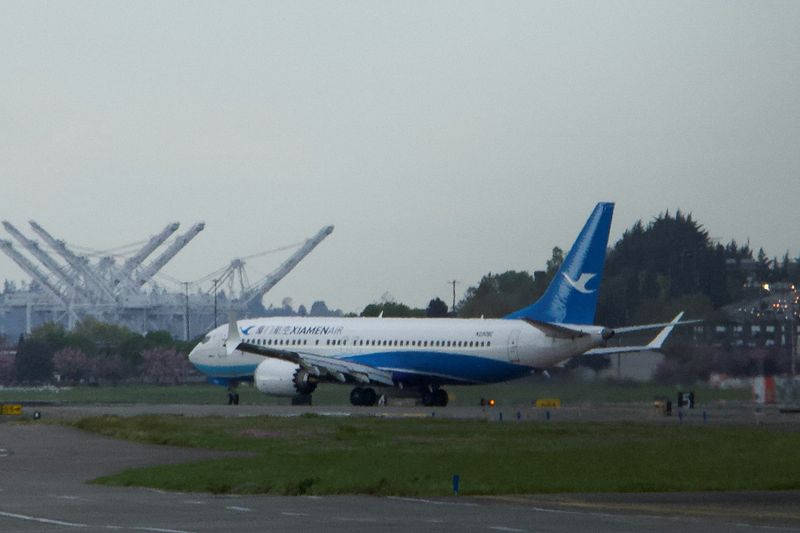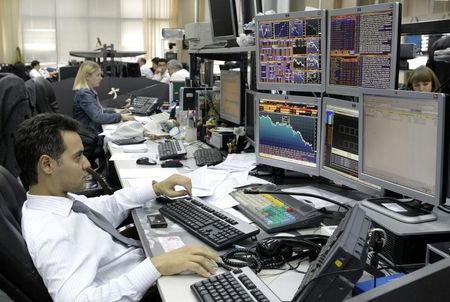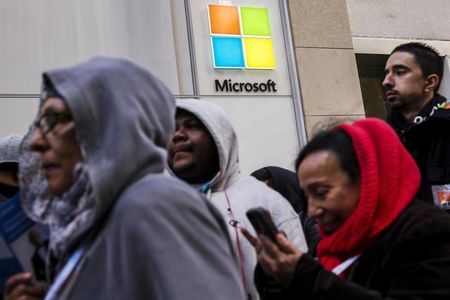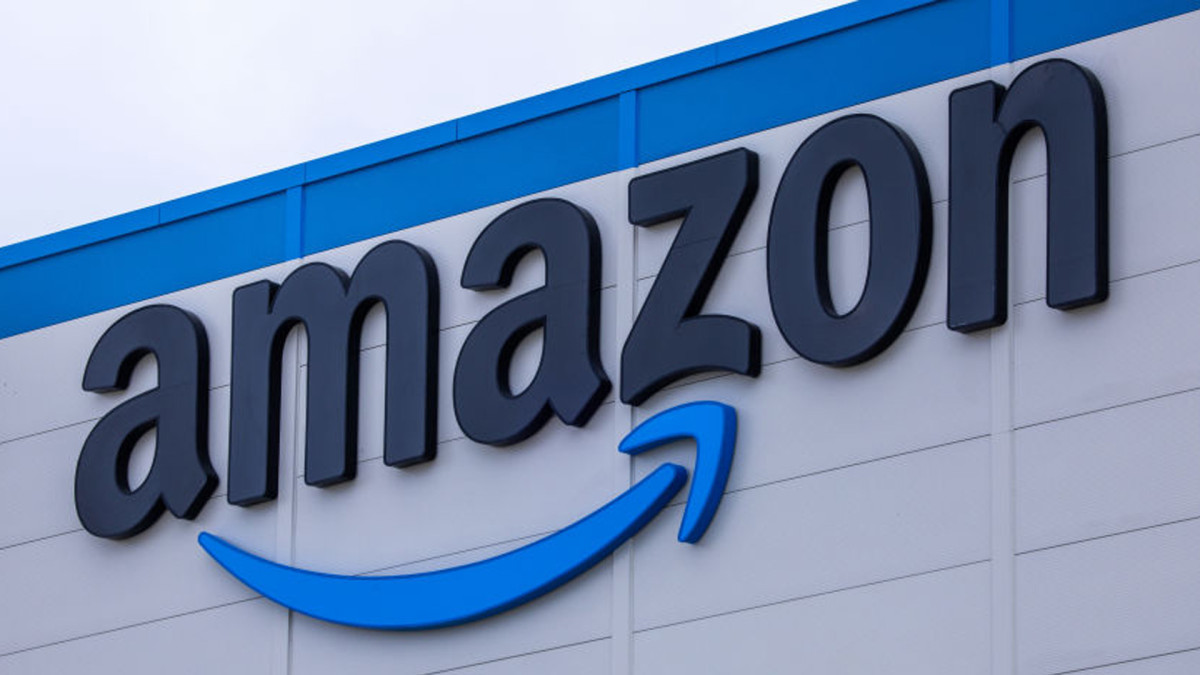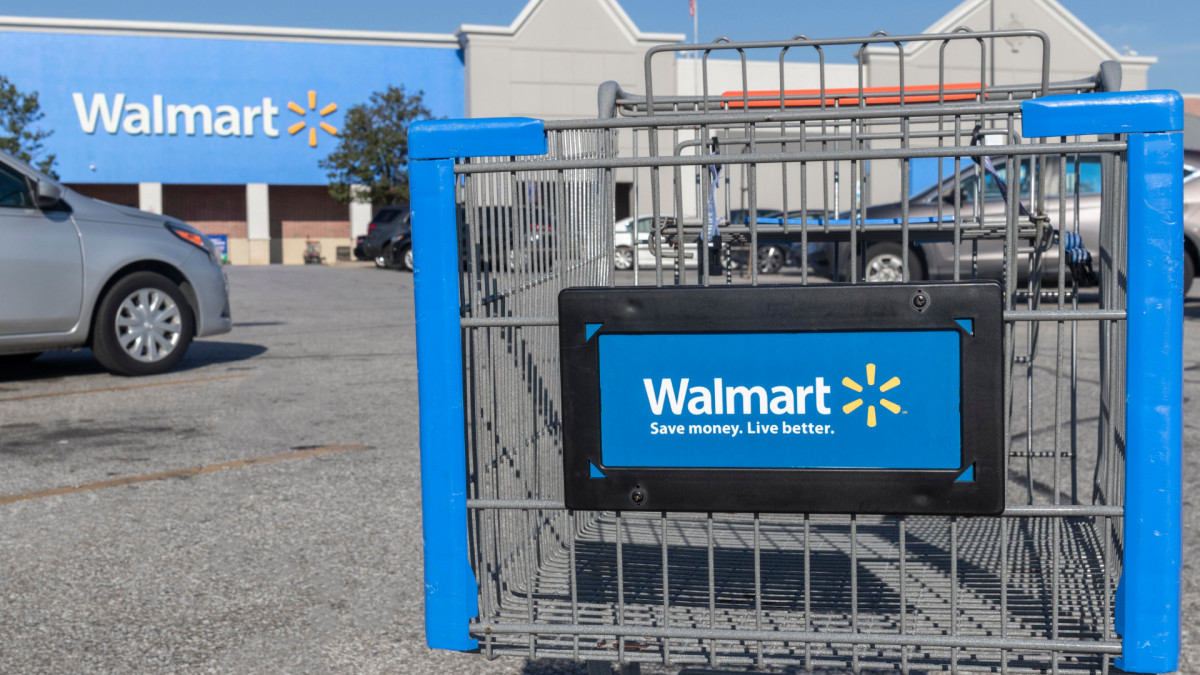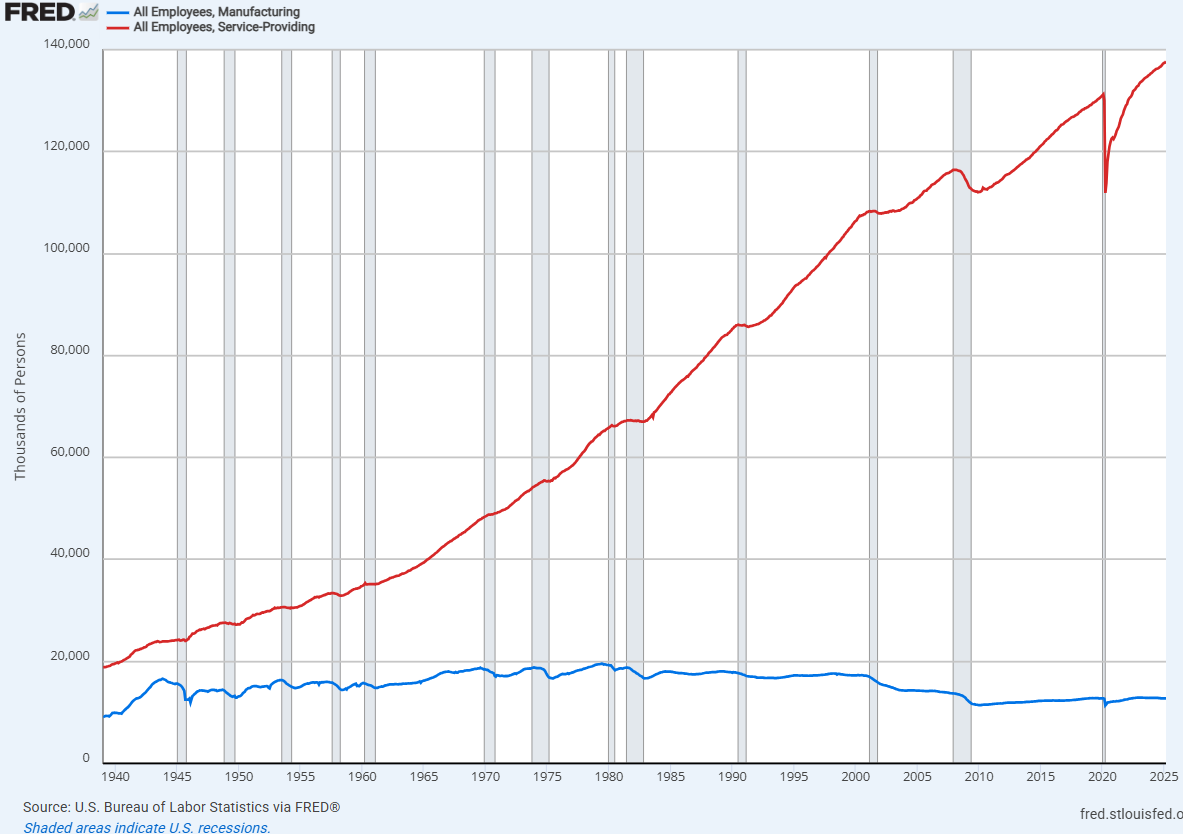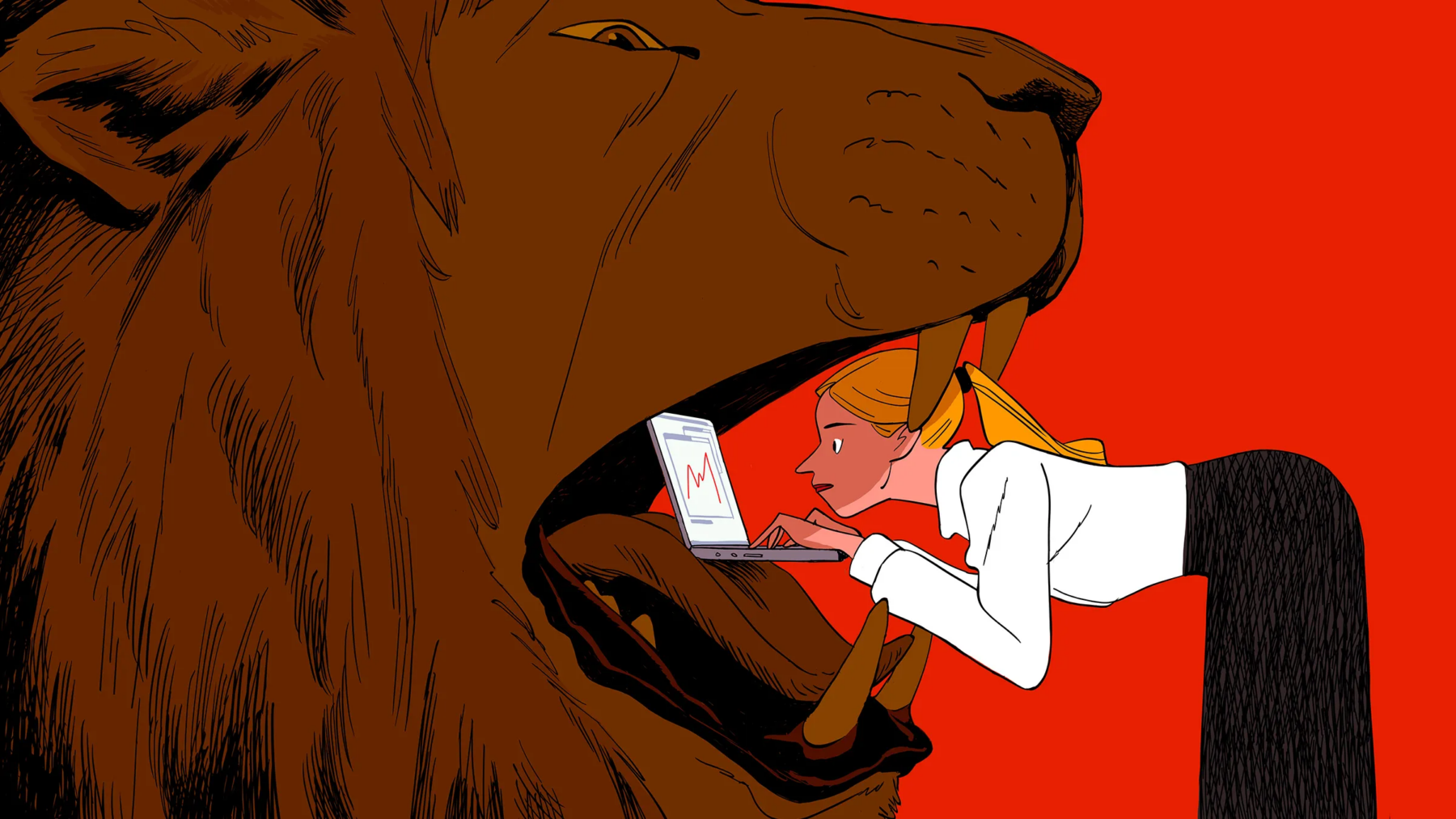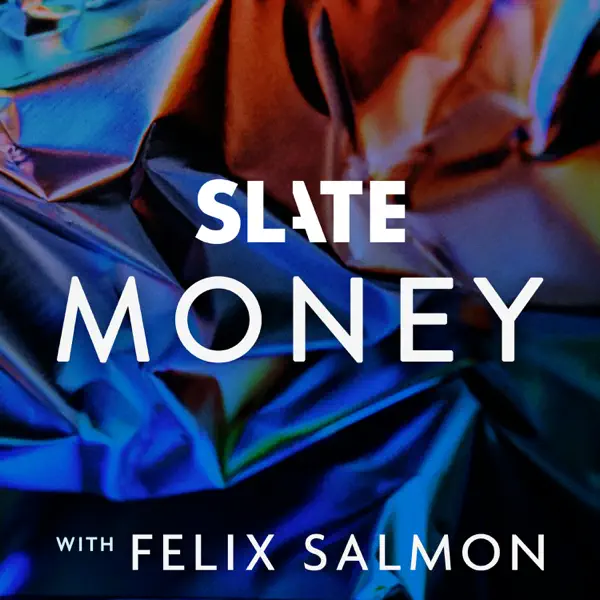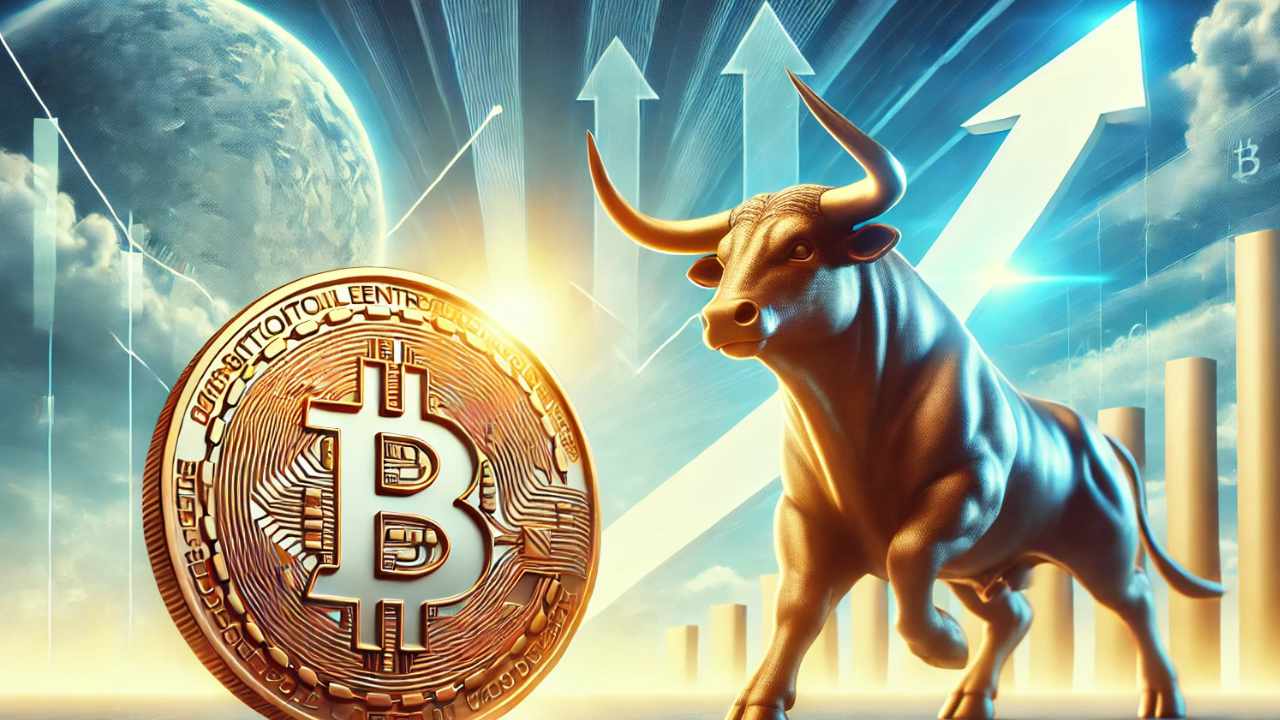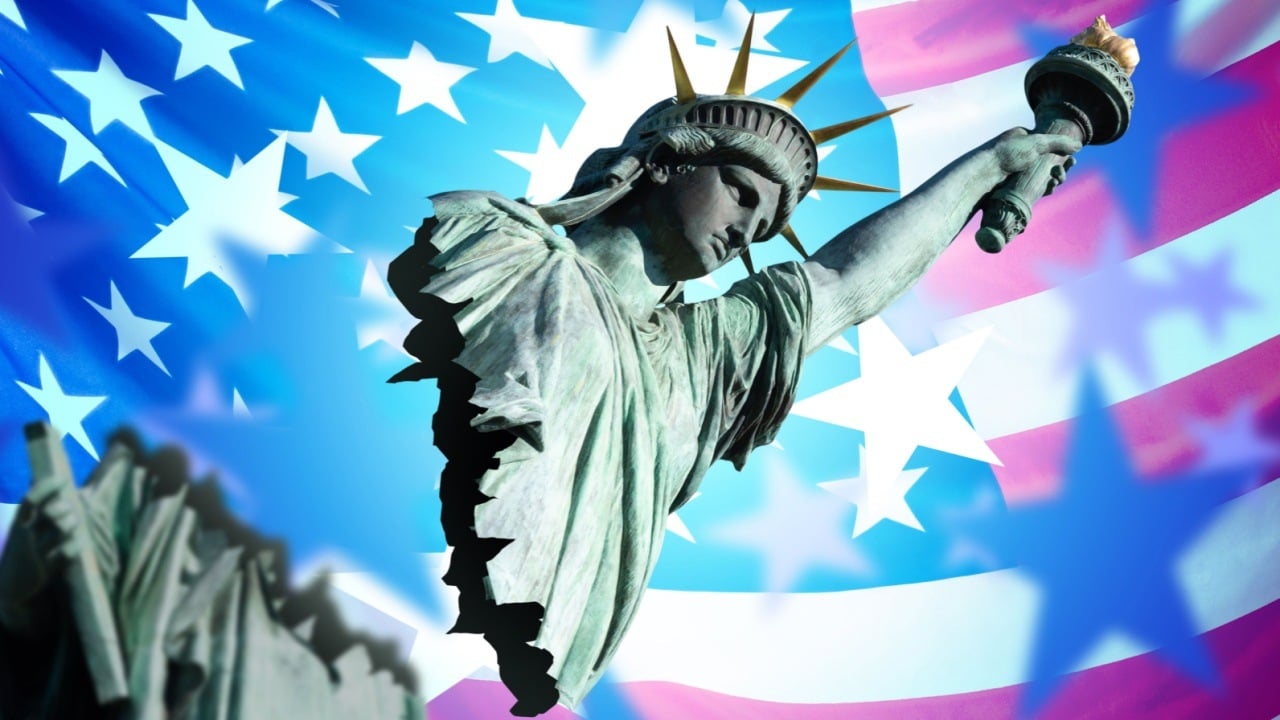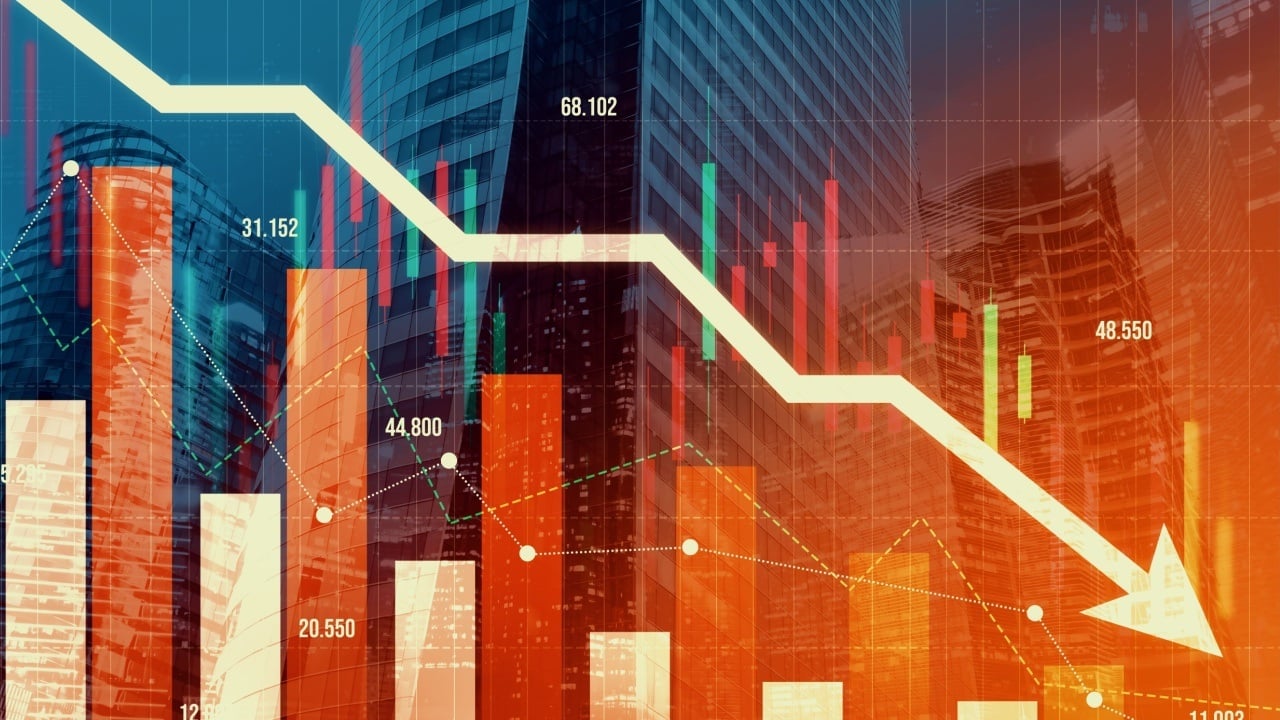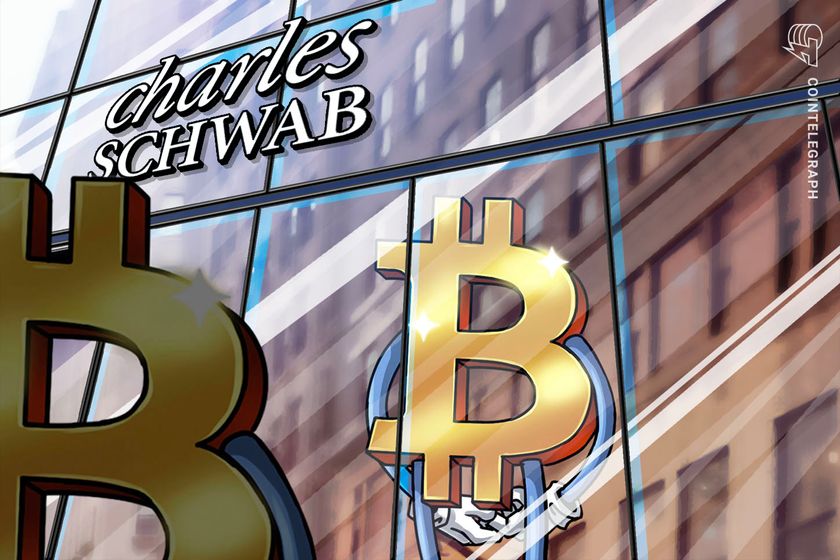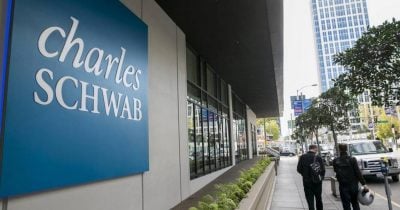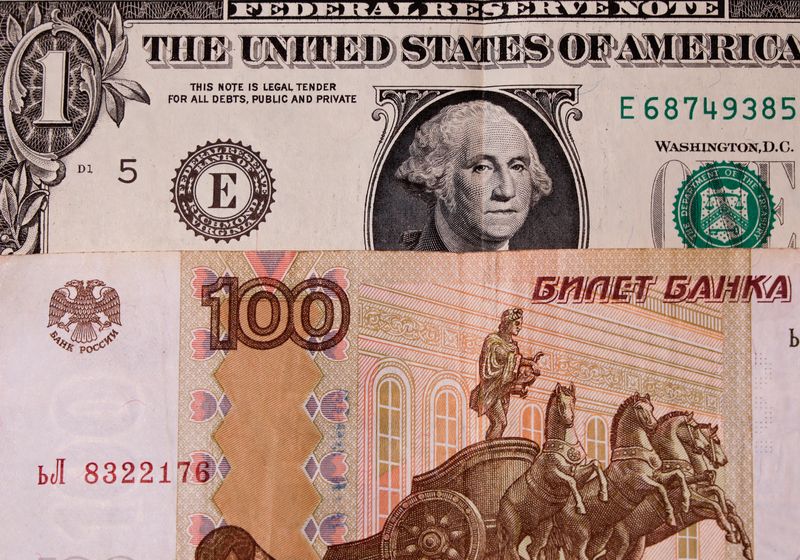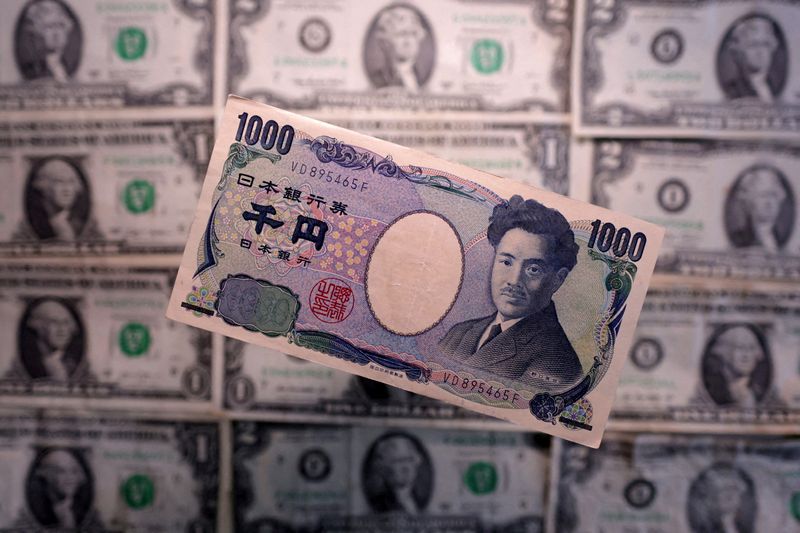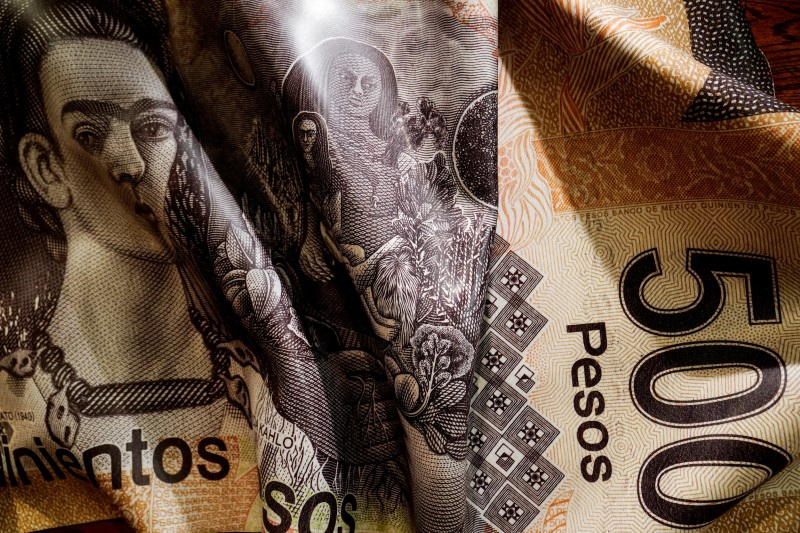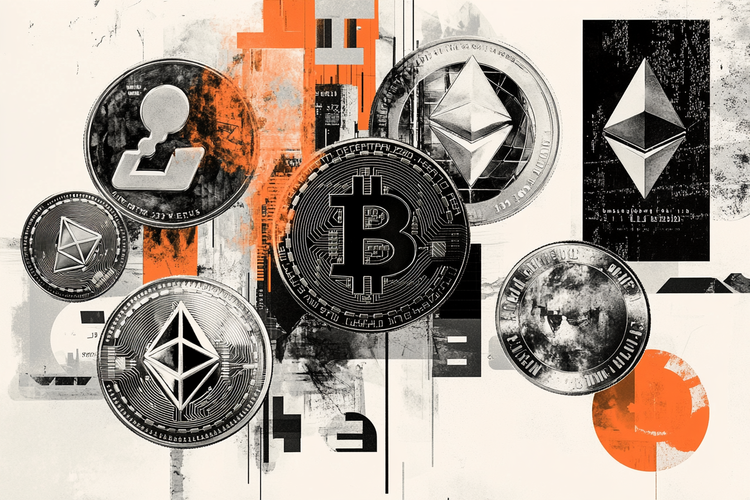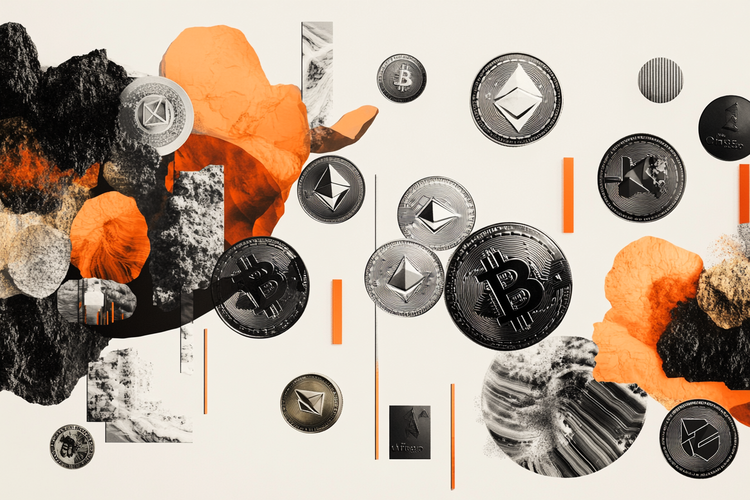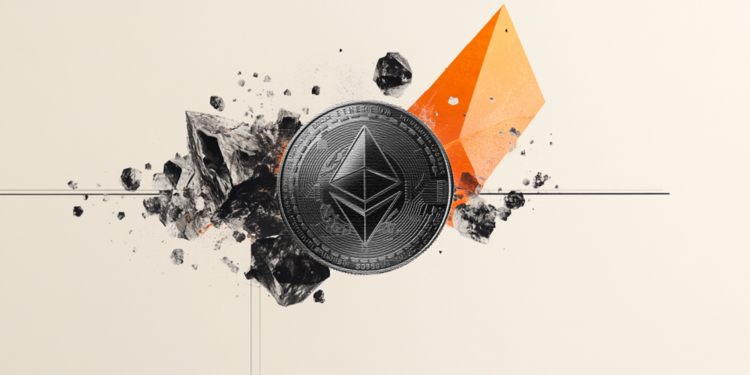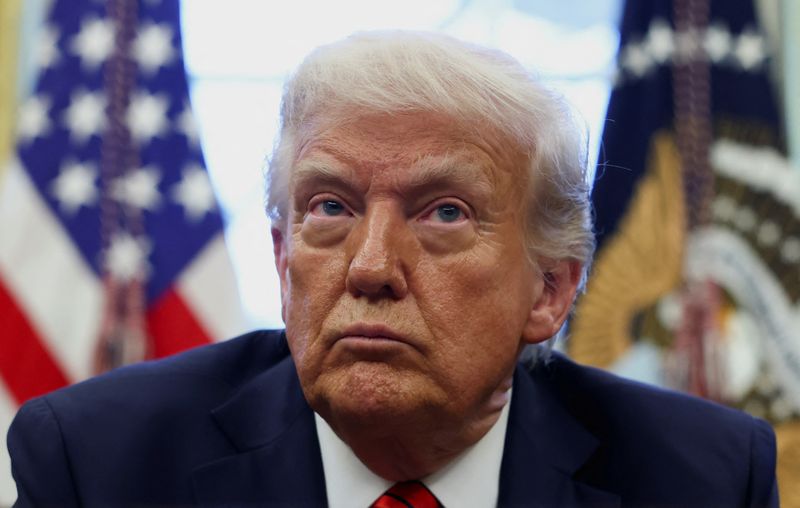Fed chairman's hard-nosed message sends S&P 500 reeling
Jerome Powell offered his latest words on the economy.
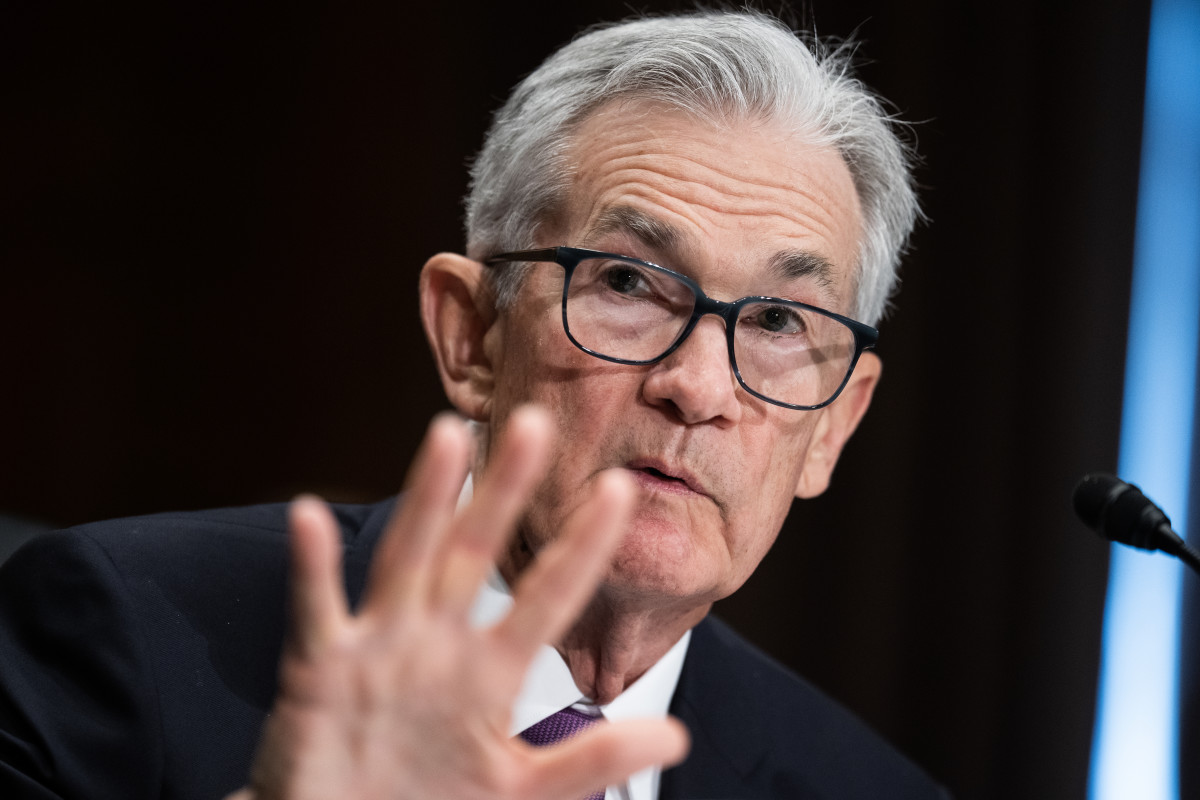
Those hoping the Federal Reserve would support sagging stock prices and shore up a stumbling economy just got bad news.
In a highly anticipated speech on April 16, Federal Reserve Chairman Jerome Powell delivered a blunt message, resetting interest rate cut expectations, while sending the S&P 500 and Nasdaq reeling 2% and 3%, respectively.
Related: Veteran analyst who predicted gold prices would rally offers a blunt new forecast
The Fed Chair’s words come alongside an economy at risk of experiencing a one-two punch of rising inflation and decelerating growth, or stagflation.
Given that an escalating trade war driven by the White House’s tariff program will likely take a big toll on corporate sales and profit growth, causing stocks to tumble, investors should consider Powell’s message carefully.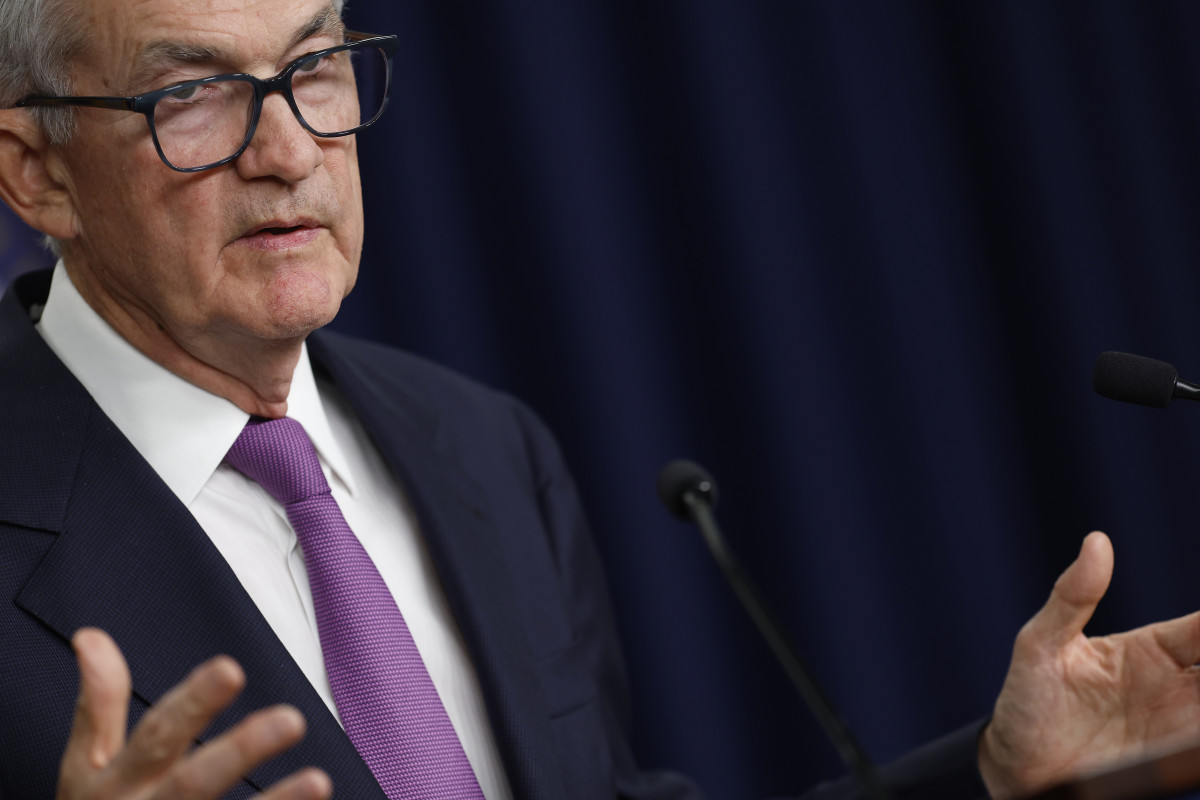
Trade war sends economy, stocks tumbling
The economy was already on shaky ground heading into President Trump’s “Liberation Day” tariff announcement on April 2.
Last year, eroding job strength contributed to a shift in the Fed’s rhetoric from fighting inflation to shoring up jobs after unemployment started climbing.
Related: Secretary Lutnick pours cold water on tech tariff exemptions
The Fed cut rates in September, November, and December, lowering its Fed Funds Rate by 1%. However, inflation ticked higher, causing the Fed to pause additional rate cuts this year.
The pause was particularly disappointing because lower rates encourage companies to expand their businesses, supporting revenue. It also lowers interest expense, bolstering bottom lines.
Absent a friendly Fed, investors ratcheted their sales and profit expectations lower, creating a headwind for a stock market that was arguably priced to perfection.
In February, the S&P 500’s forward price-to-earnings ratio eclipsed 22, significantly higher than the 10-year average of 18.3. However, it has since fallen to 19 due to the sell-off.
The situation worsened when President Trump revealed his new import tariffs, kicking off a trade war.
The administration has since paused reciprocal tariffs that ranged from 20% for Europe to over 40% for countries like Vietnam. Still, it has placed 25% tariffs on Canada and Mexico and instituted a 10% baseline tariff everywhere except China.
In China, a contentious tit-for-tat has increased the U.S. tariffs on Chinese imports to 145% and China’s tariffs on U.S. imports to 125%. Those levies effectively shut down trade between the two economic giants.
There’s also a 25% tariff on autos and auto parts, and reports are that technology and pharmaceutical tariffs are coming soon.
Fed Chair Powell is between a rock and a hard place
Fed chair Powell faces the toughest challenge since Covid-era stimulus sparked runaway inflation in 2022, prompting him to engage in the most hawkish series of rate hikes since former Fed chair Paul Volcker battled inflation in the early 80s.
Related: Surprising sales news sends Tesla stock tumbling
Unfortunately, Powell finds himself backed into a corner this time around.
The Fed’s dual mandate is low inflation and unemployment, two often contrary goals. Increase rates to crimp inflation, and you risk job losses. Cut rates to spur job growth, and you risk inflation.
Since tariffs will likely send prices higher as companies pass import taxes on to consumers, the Fed may not have the wiggle room it would like to add more fuel to the fire by reducing rates further.
As a result, Powell’s speech came across as more hawkish than dovish.
“We are well-positioned to wait for greater clarity before considering any adjustments to our policy stance,” said Powell.
Powell pointed to recent PCE inflation data of 2.3% and historically low unemployment of 4.2% as reasons for being in a position to take time when deciding what’s next for interest rates.
More Economic Analysis:
- Wall Street overhauls S&P 500 price targets as tariff selloff accelerates
- Inflation would like a word, please
- Stocks could bounce, but big bank earnings hold the cards
However, he also acknowledged that inflationary forces from tariffs may be greater than initially assumed, potentially opening the door to a need for rate hikes at some point.
“The level of the tariff increases announced so far is significantly larger than anticipated,” said Powell. “Tariffs are highly likely to generate at least a temporary rise in inflation. The inflationary effects could also be more persistent. Avoiding that outcome will depend on the size of the effects, on how long it takes for them to pass through fully to prices, and, ultimately, on keeping longer-term inflation expectations well anchored.”
Powell also warned that the economic effects of the administration “will include higher inflation and slower growth,” and noted, “Both survey- and market-based measures of near-term inflation expectations have moved up significantly, with survey participants pointing to tariffs.”
Powell's message suggests he is content to sit on his hands until the inflation and jobs data forces his hand.
“We may find ourselves in the challenging scenario in which our dual-mandate goals are in tension,” acknowledged Powell. “If that were to occur, we would consider how far the economy is from each goal, and the potentially different time horizons over which those respective gaps would be anticipated to close.”
Given that backdrop, rate cuts may be off the table unless we suffer a major credit event.
Related: Veteran fund manager unveils eye-popping S&P 500 forecast




